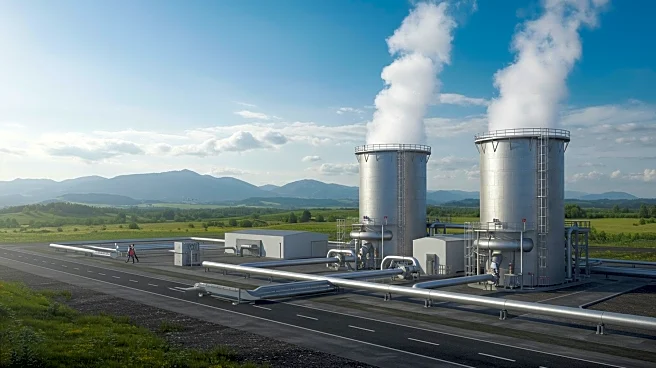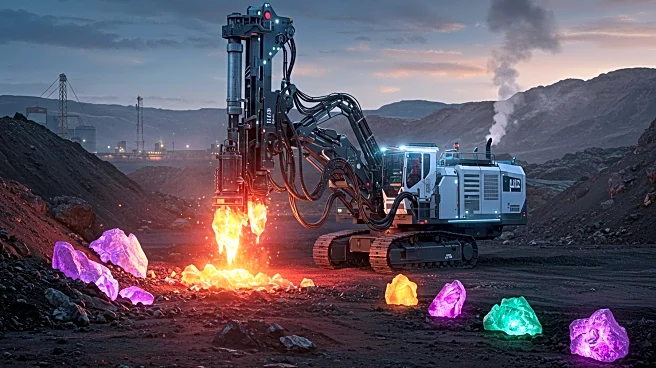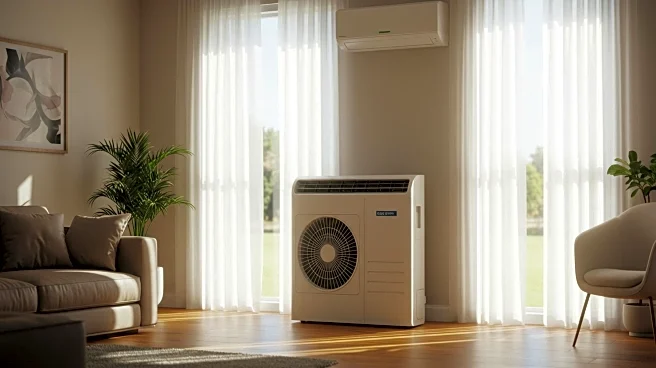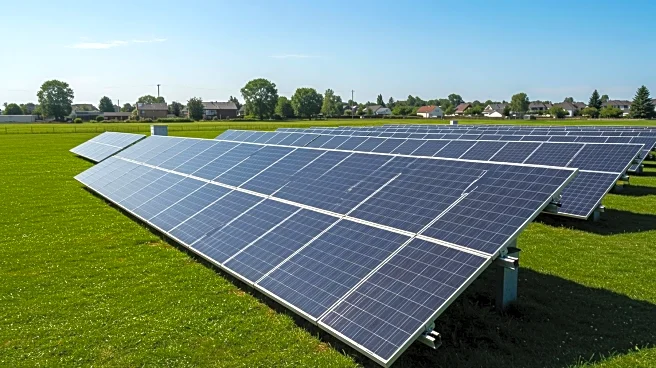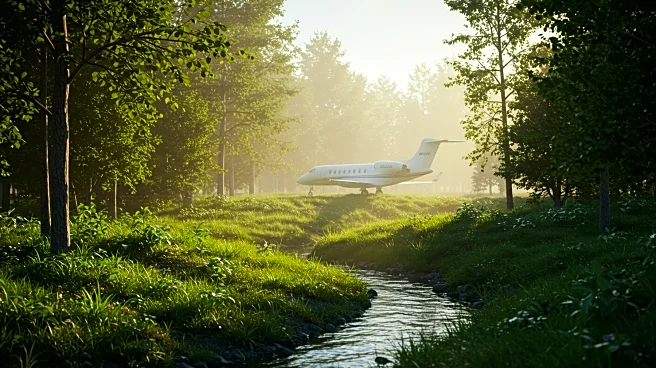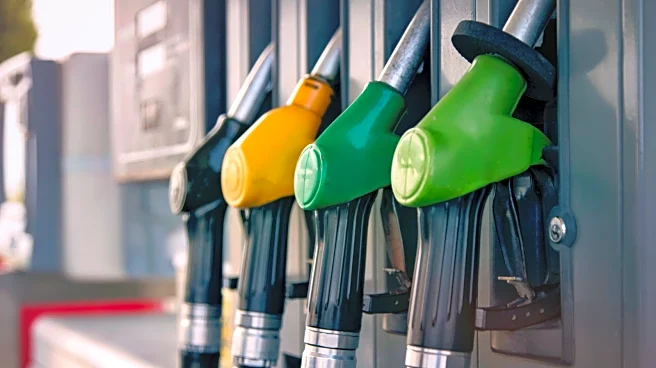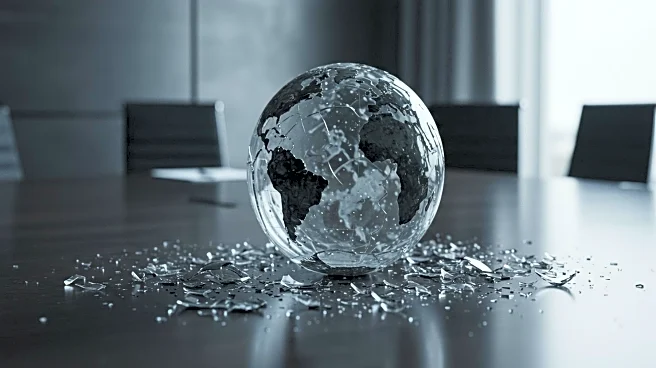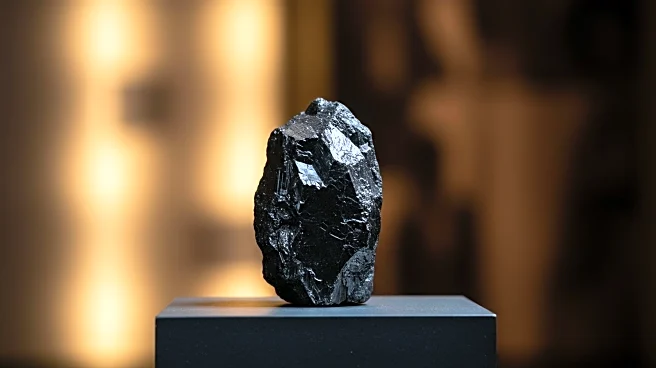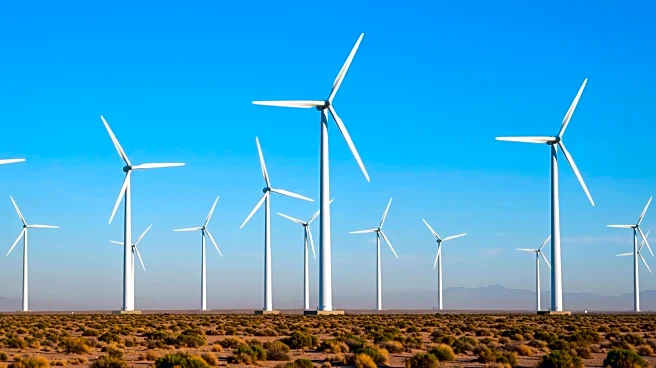Rapid Read • 8 min read
Wine enthusiasts often face the challenge of preserving the quality of an opened bottle. Proper storage techniques can significantly extend the shelf life of wine, allowing it to remain drinkable for several days. Key methods include storing the bottle upright, sealing it tightly, and refrigerating it, even for red wines. The longevity of wine varies by type; whites and rosés can last up to five days, reds for three to five days, and sparkling wines for one to three days. Wine educator Rachel Thralls emphasizes the importance of using vacuum caps and wine preservers to maintain freshness. Additionally, storing wine in a cool, dark place away from direct sunlight or heat sources is crucial to prevent spoilage.
AD
Understanding wine storage is vital for consumers who wish to enjoy their wine over multiple days without compromising quality. Proper storage techniques can prevent waste and save money, as wine that goes bad quickly can lead to unnecessary disposal. This knowledge is particularly beneficial for those who invest in higher-quality wines, where preserving taste and aroma is essential. The broader impact includes increased consumer satisfaction and potentially higher sales for wine preservation products, as individuals seek solutions to extend the life of their wine.
Consumers may increasingly invest in wine preservation systems, such as Coravin, which use argon gas to extend the life of wine for up to a month. As awareness grows, there may be a rise in demand for wine storage accessories, including vacuum caps and wine fridges. Wine retailers and manufacturers might also focus on educating customers about storage techniques to enhance their wine-drinking experience. This could lead to innovations in wine packaging and preservation technology.
The emphasis on wine storage highlights a cultural shift towards mindful consumption and sustainability. By reducing waste, consumers contribute to environmental conservation efforts. Additionally, the growing interest in wine preservation reflects a broader trend of valuing quality over quantity in food and beverage choices. This shift may influence other industries, encouraging similar practices in food storage and preservation.
AD
More Stories You Might Enjoy
